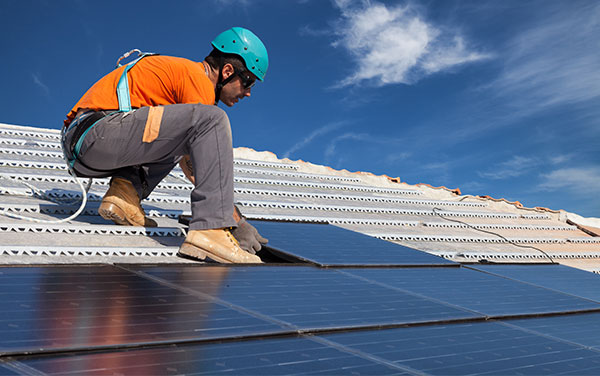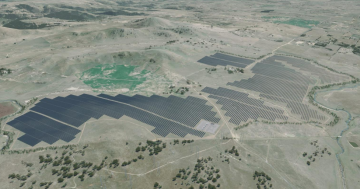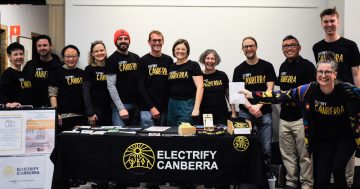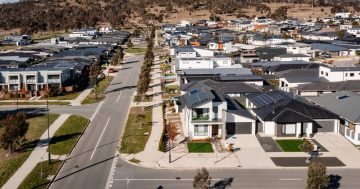
The first homes in the West Belconnen development will not be connected to gas but will use solar panels to power efficient electrical heating appliances.
Comment is now open on the ACT Government’s proposed changes to the Territory plan that will allow the trial of gas-free, all-electric energy supply to Stage 1 of the Ginninderry Estate in West Belconnen.
Draft Variation 356 will make the provision of gas utility services to blocks in Stage 1 optional rather than a mandatory requirement.
The changes will allow the pilot project of about 350 homes, which will rely on electrical cooking and heating appliances powered by their own solar panels, to assess whether they are efficient and cost effective without gas, in terms of customer experience and energy use.
Minister for Planning Mick Gentleman said that for future residents, the trial would mean access to affordable housing, diverse and sustainable design and savings to energy costs.
He said that given the increasing supply and affordability of renewable energy sources, mandating the provision of gas was not consistent with the vision of the West Belconnen Structure Plan.
The proposed changes also supported the ACT Government’s commitment to achieving net zero greenhouse gas emissions by 2050.
The trial would be assessed after a reasonable time period to ensure it met consumer needs and grid security requirements.
It would include testing capacity and function in a range of climate conditions, while also ensuring higher design and insulation standards were set for any future proposals.
Affordable sustainable living has been highlighted in this development with the ambitious vision to create a place underpinned by leading-edge design and development practices.
“The Ginninderry Estate Development is at the forefront of energy system design in Australia. This trial will mean higher design and insulation standards set for other developments in the ACT which will bring advances in sustainability, more affordable living and greater customer choice,” Mr Gentleman said.
Ginninderry is a joint venture of the ACT Land Development Agency (LDA) and Riverview Developments Pty Limited on behalf of Corkhill Brothers Pty Ltd.
To view the draft variation or for more information on how to have your say, visit www.planning.act.gov.au. Consultation is open until 22 June 2018.



















